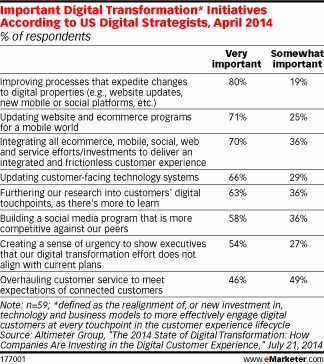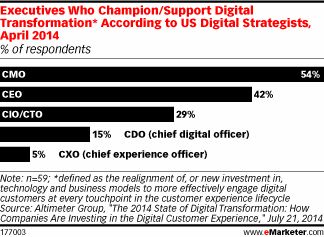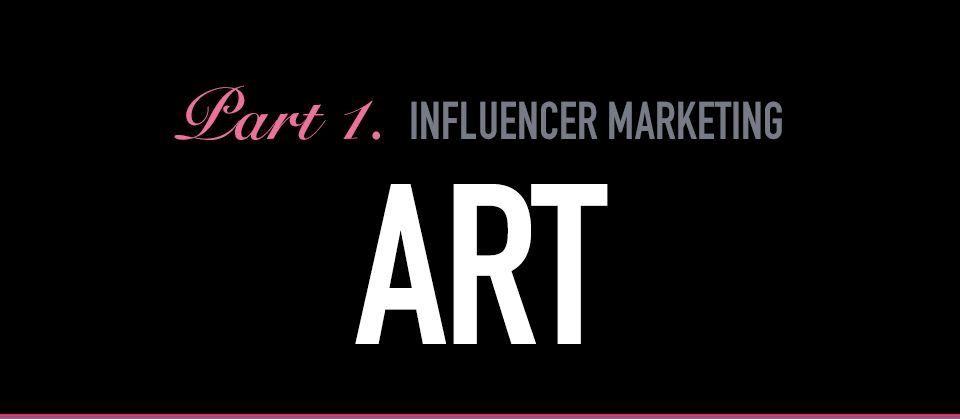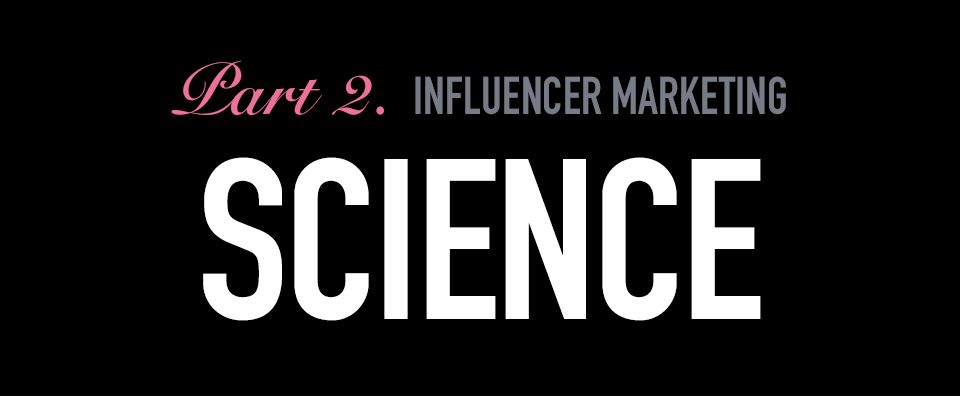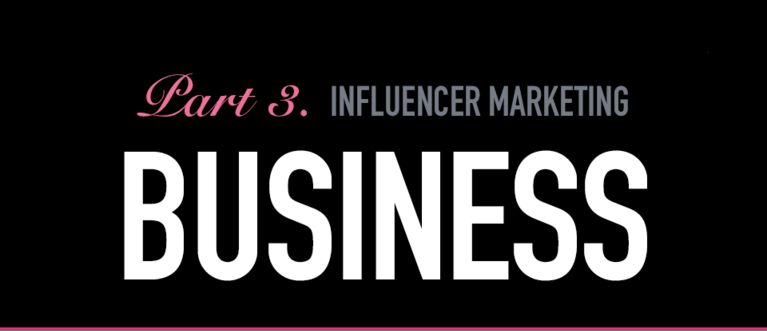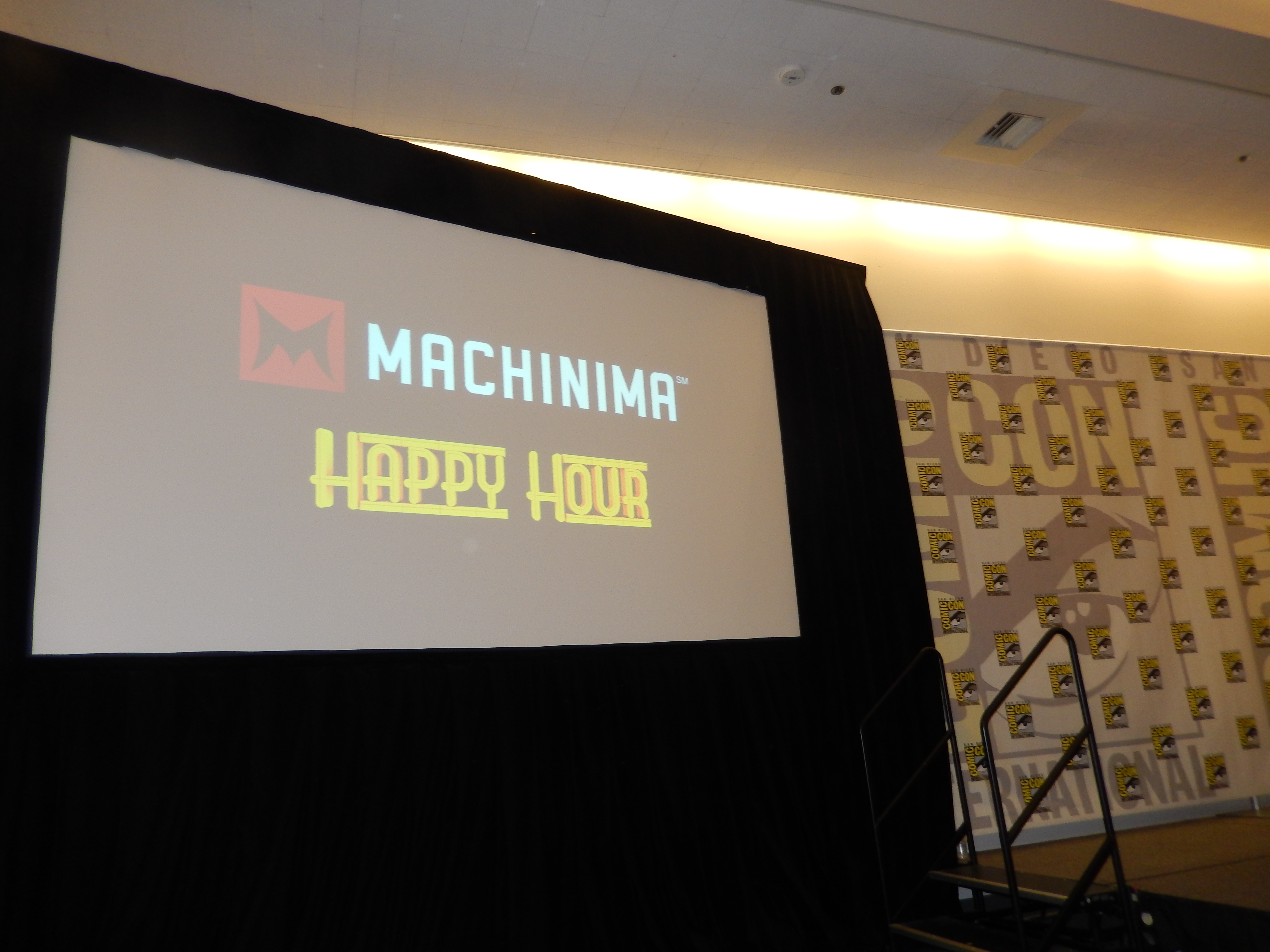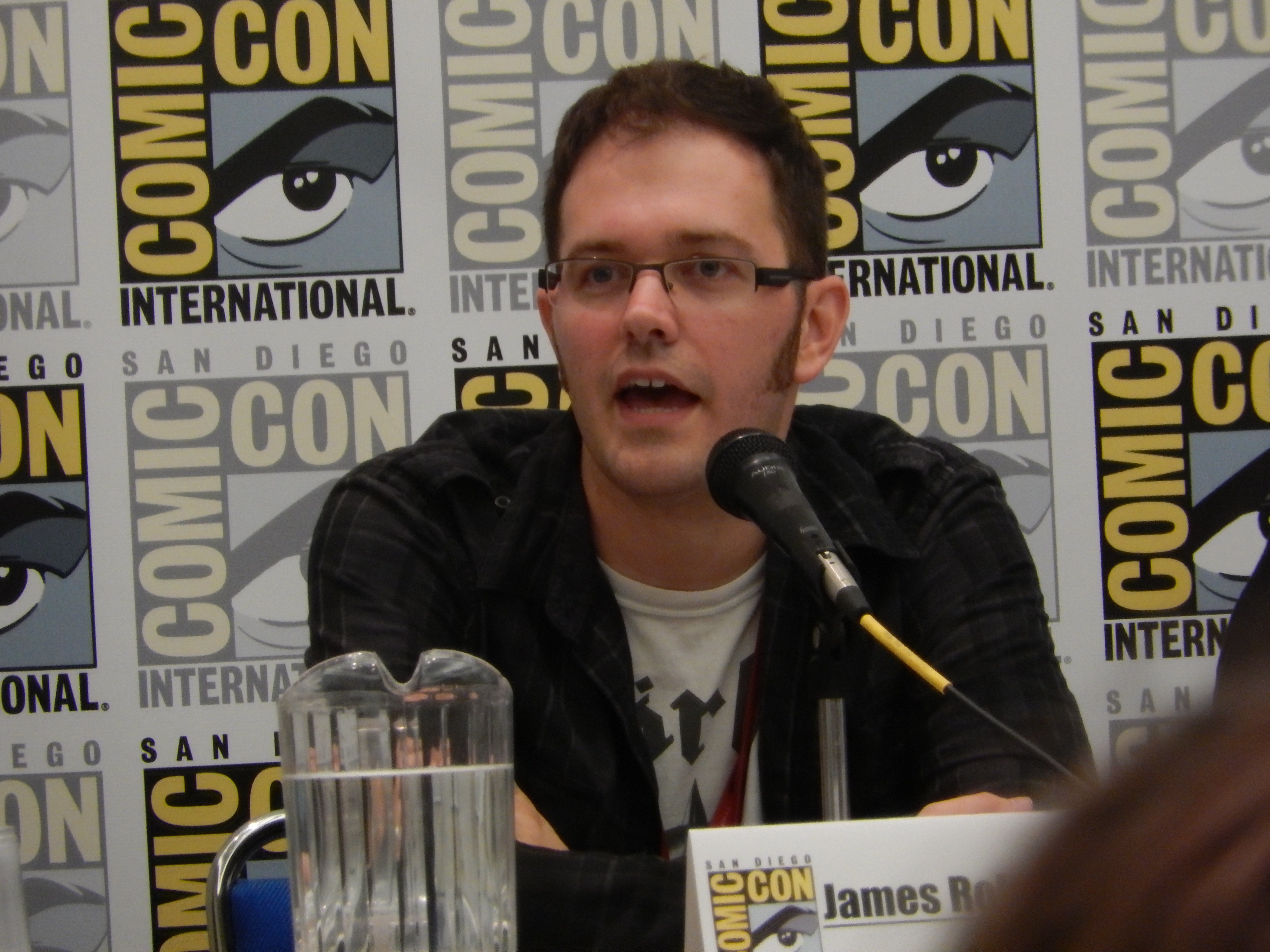The rapid rise of eSports to a major industry force has not gone unnoticed by major brands. The audience of millions in key demographics difficult to reach by other means is an irresistible attraction for brand marketers. Last year’s League of Legends World Championships attracted a viewership comparable to the NHL finals, and this year’s DOTA 2 championships, The International, featured a prize pool of over $10 million (comparable to the top PGA events) and viewership of over 20 million people.
Last year saw the entry of major brands like American Express and Coca-Cola into eSports sponsorships, and as viewership numbers continue to grow the sponsors will no doubt follow. At the recent Casual Connect conference in San Francisco, eSports and brand execs gathered for a panel to discuss the opportunities ahead.
 Peter Warman, Newzoo
Peter Warman, Newzoo
Moderated by Newzoo CEO Peter Warman, the panelists included Craig Levine, VP North America for Electronic Sports League (ESL); Matt Wolf, head of global gaming for Coca-Cola; Vincent Tucker, senior manager of gaming business group, Logitech; and James Grunke, director of global eSports for Nvidia.
“The reason why eSports is such an interesting platform for us is because the amount of viewership assoicated with it is pretty extraordinary,” Wolf said. “The audience here is probably half filled up, and that’s interesting because it’s Casual Connect. Esports is pretty core, still, so it doesn’t surprise me, but in terms of numbers it’s not — it’s pretty mass market. We’re talking about the kind of numbers, the kind of viewership, that for a certain gender and age split eclipses big events like the Super Bowl multifold. As a big global brand like Coca-Cola, that’s really interesting to us. The trick for us is to authentically integrate our brand into that world and build value for players. That’s what we try to do, and so far, so good. We did a deal with Riot Games for League of Legends, and we’ve had a really excellent time so far with them in 2014.”
“At ESL, we are the world’s largest eSports organizer, and we produce the biggest events in the industry,” said Levine. “At our recent event in Frankfurt with DOTA 2, we sold 23,000 tickets — screaming DOTA fans enjoying the event. Celebrating the world’s best gamers is what we’re all about.”
“To put eSports in a broader perspective, it ties all the world together,” said Warman. He pointed out that each player on the third place team at the World Cup this year, the Netherlands, received a million dollars — which is what each memebr of the winning team at the DOTA 2 championships received. “If you do some calculations on the amount of money people spent on the Compendium, $2.50 went to the prize pool,” Warman noted, “The rest of the money went to the developers of the game. Valve made more than $20 million in revenue simply around the championship. That’s not even spent in the game. It’s an eye-opener that games are becoming entertainment brands, with live events, video streaming, and also making money with the events outside of the game.”
Warman pointed out that eSports is a perfect way to help games-as-a-service generate more revenue. “Companies have invested millions in eSports because if you have a game where it’s all about getting people to spend time in the game, getting people to spend more money, instead of a single moment of a box, the investment in eSports suits this business model much more,” said Warman. “It’s the sole reason why eSports was a lot bigger in Asia up until a couple of years ago, because they’ve always had this business model.”
“Streaming is consumer-generated content, don’t forget that. It’s the most important part. It adds to the viewership. The majority of people who love eSports only watch. Combine that with watching multiple videos on screens all over the place, and there’s far more time spent on games than a few years ago. Ultimately, that results in more spending,” said Warman.
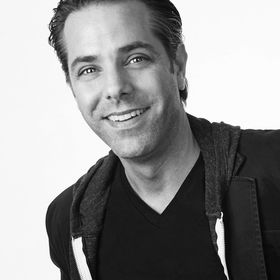 Matt Wolf, Coca-Cola
Matt Wolf, Coca-Cola
Part of the appeal of eSports to brands is the heroic nature of what goes on. “There’s something about the aspirational story of someone going from obscurity to the top of the game,” said Wolf. “It’s not just relegated to eSports — that’s sports. Nike’s entire marketing strategy is based on aspirational storytelling, and I think it’s powerful. I think everyone aspires to be the best they can be and fantasizes about ‘what if.’ I think eSports provides a modality for people, if they take it seriously, to go all the way. From a marketing and communications standpoint I’m really interested in that. I think from a brand standpoint, our role is really to inspire and celebrate achievement. As a brand, we do that for other sports, and there’s no difference when you look at gaming.”
The casual eSports arena is also becoming important. “If you pull back from the definition of eSports as just being competitive play, and look at it as a lot of people playing together, and then a leaderboard coming out of that for prizes, then almost any game can theoretically be an eSport,” said Wolf. “A partnership we recently put together with Ubisoft is for Just Dance, which for us is really important. Just Dance is this ultimate nexus of music and movement and play. For Coca-Cola, we’re interested in an active, healthy living approach. With Just Dance, you have people dancing together, and they can dance for a common goal or they can dance for leaderboards. I think we’ll see more and more kinds of games bleeding into this space because eSports and that kind of play creates multiple touch points.”
